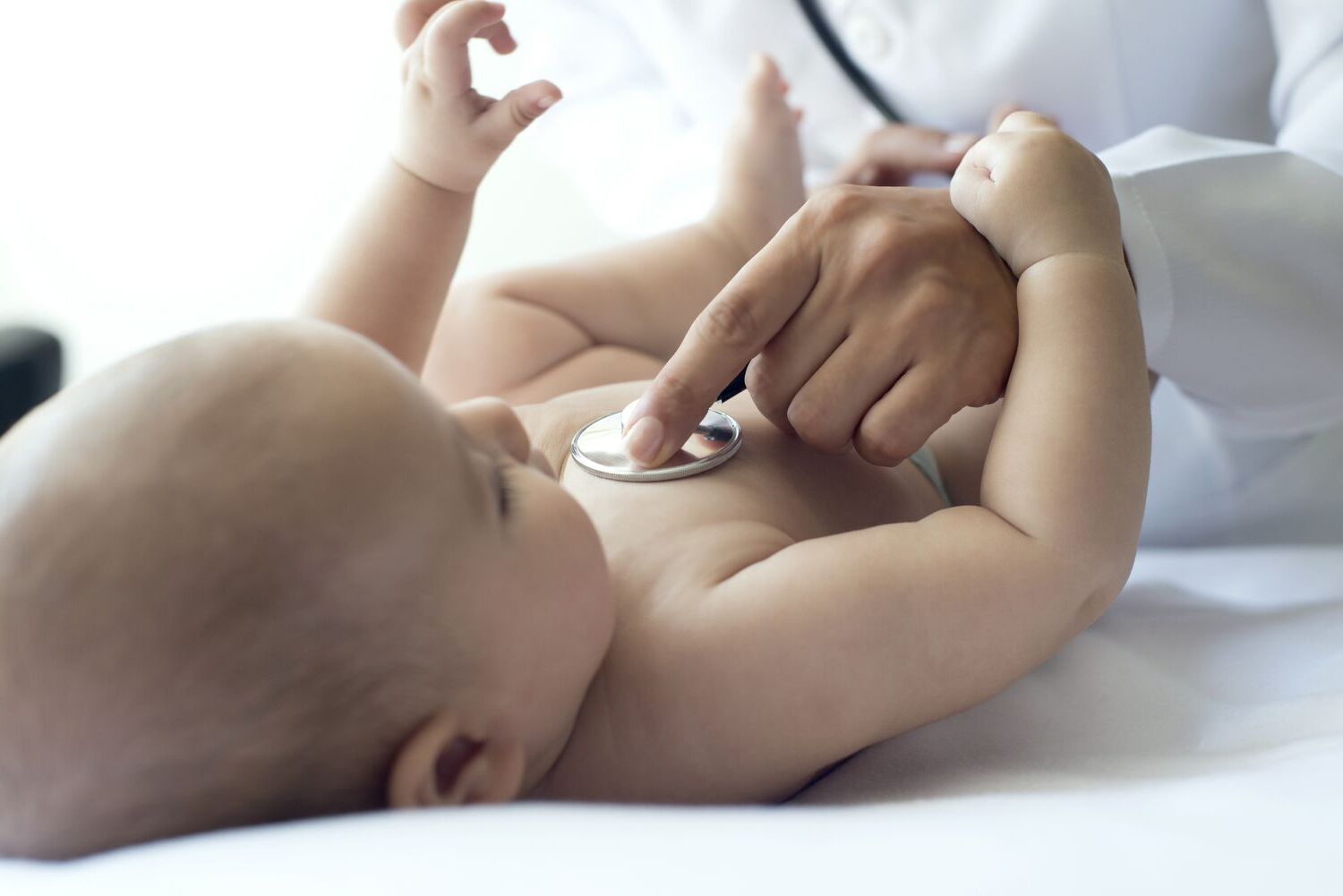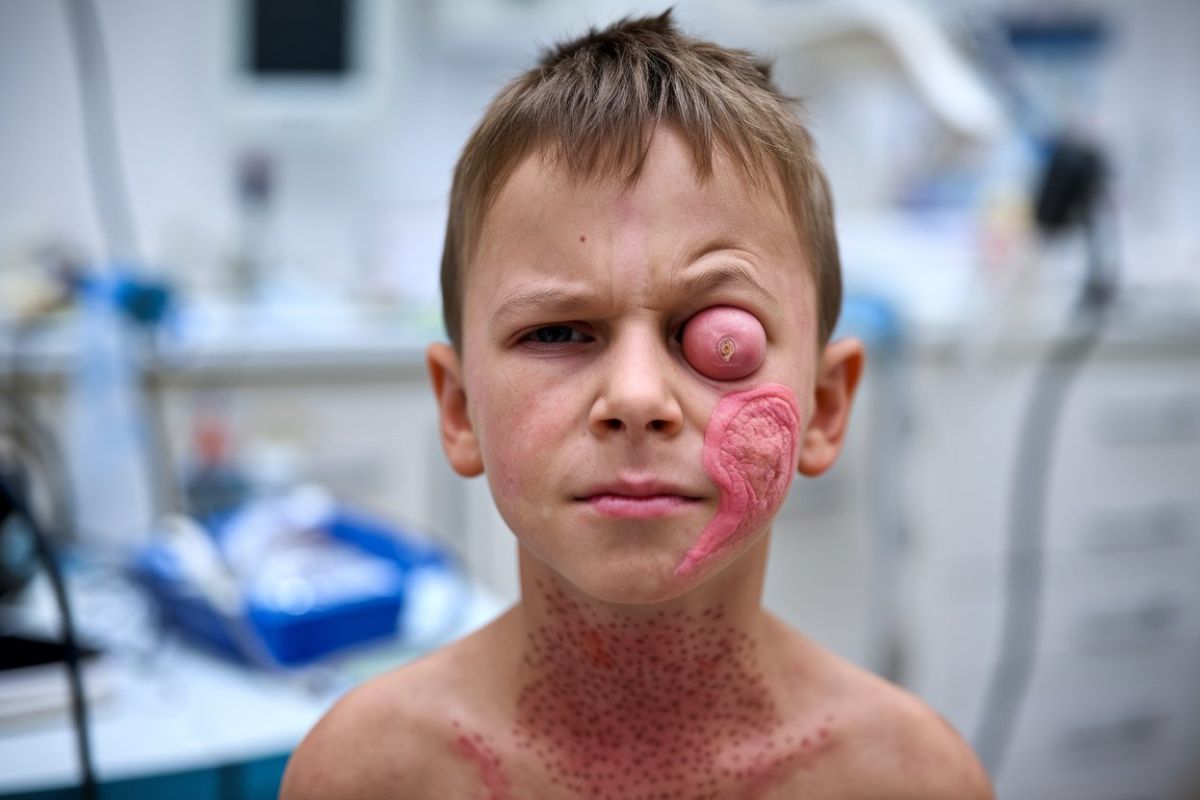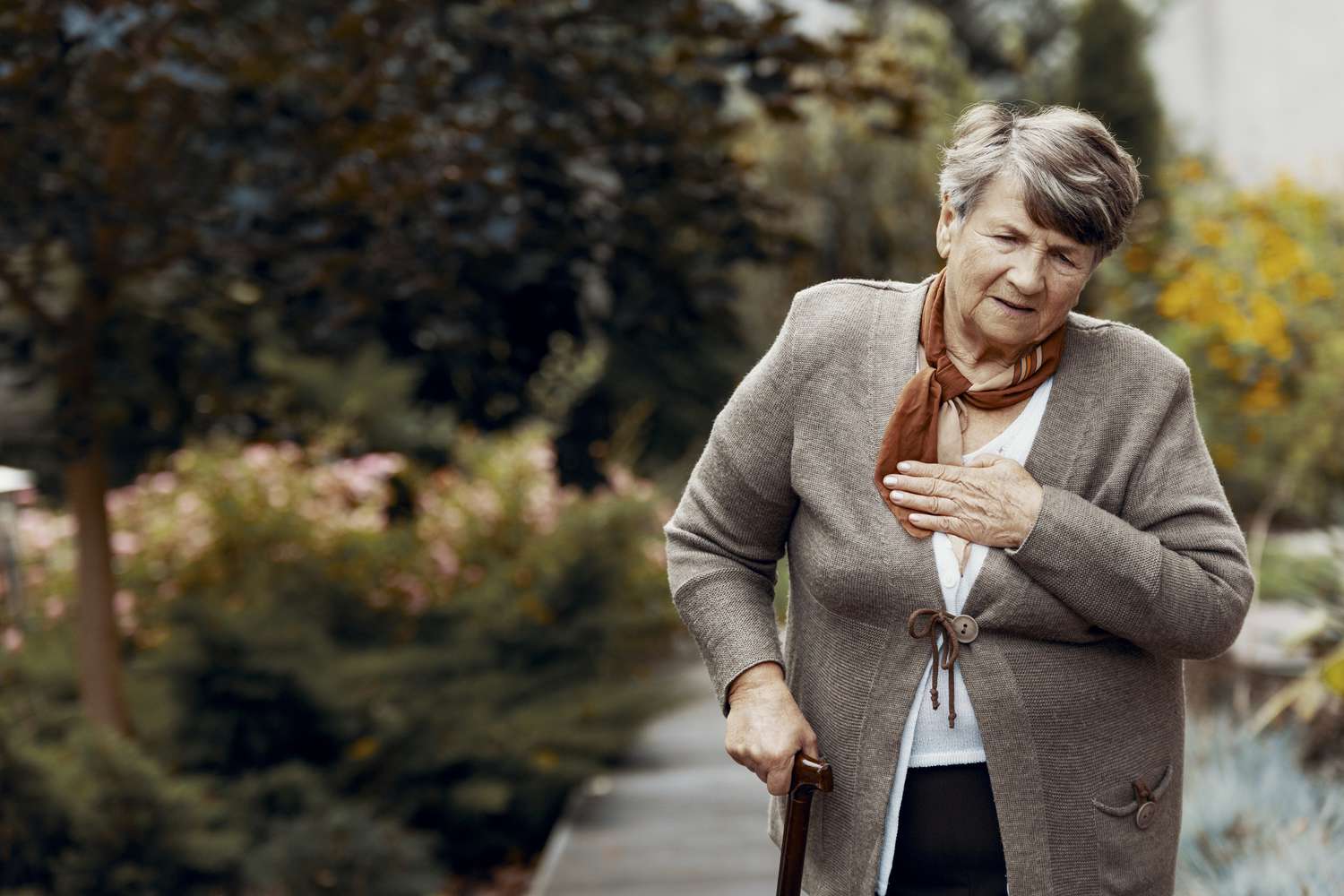
Rubinstein–Taybi Syndrome (RTS) is a rare genetic disorder that affects multiple parts of the body. Characterized by distinctive facial features, broad thumbs, and toes, individuals with RTS often face developmental delays and intellectual disabilities. This condition, caused by mutations in the CREBBP or EP300 genes, impacts about 1 in 100,000 to 125,000 newborns. Early diagnosis and intervention can significantly improve the quality of life for those affected. Understanding the symptoms, causes, and treatments is crucial for families and caregivers. This article will provide 40 essential facts about Rubinstein–Taybi Syndrome, offering a comprehensive overview to help you better understand this complex condition.
Key Takeaways:
- Rubinstein-Taybi Syndrome is a rare genetic disorder with distinct facial features and health complications. Early diagnosis and multidisciplinary care are crucial for improving the quality of life for individuals with RTS.
- Individuals with Rubinstein-Taybi Syndrome may face various challenges, but with the right support, they can lead fulfilling lives. Routine, structure, and community involvement play key roles in enhancing their well-being.
What is Rubinstein–Taybi Syndrome?
Rubinstein–Taybi Syndrome (RTS) is a rare genetic disorder characterized by distinctive facial features, broad thumbs, and toes, along with various degrees of intellectual disability. Let's dive into some fascinating facts about this condition.
-
RTS was first described in 1963 by Dr. Jack Rubinstein and Dr. Hooshang Taybi. They identified the syndrome in seven children who exhibited similar physical and developmental traits.
-
The syndrome affects approximately 1 in 100,000 to 125,000 live births. This makes it a rare condition, but awareness and understanding are crucial for those affected.
-
RTS is caused by mutations in the CREBBP or EP300 genes. These genes play a role in regulating cell growth and division, which explains the developmental issues seen in RTS.
-
Facial features of RTS include a prominent nose, down-slanting eyes, and a small mouth. These distinctive traits can help in early diagnosis.
-
Broad thumbs and toes are hallmark signs of RTS. These physical characteristics are often used to identify the syndrome in infants.
-
Intellectual disability varies widely among individuals with RTS. Some may have mild learning difficulties, while others may experience more severe cognitive impairments.
-
Speech and language development are often delayed in children with RTS. Early intervention and speech therapy can help improve communication skills.
-
RTS can lead to growth delays. Many children with the syndrome are shorter than their peers and may have a smaller head circumference.
-
Heart defects are common in RTS. Approximately one-third of individuals with the syndrome have congenital heart issues that may require medical intervention.
-
Eye abnormalities, such as strabismus and cataracts, are frequently seen in RTS. Regular eye exams are essential for managing these conditions.
Health Complications Associated with RTS
Individuals with RTS may face various health challenges throughout their lives. Understanding these complications can help in providing better care and support.
-
Respiratory issues are common in RTS. Frequent infections and breathing difficulties may occur, requiring medical attention.
-
Gastrointestinal problems, such as constipation and gastroesophageal reflux, are often reported. Dietary adjustments and medications can help manage these symptoms.
-
Kidney and urinary tract anomalies are seen in some individuals with RTS. Regular monitoring and medical care are necessary to address these issues.
-
Hearing loss is a potential complication. Regular hearing tests and early intervention can improve quality of life.
-
Dental problems, including overcrowded teeth and high-arched palate, are common. Regular dental check-ups and orthodontic care are important.
-
Seizures may occur in some individuals with RTS. Anti-seizure medications and regular monitoring can help manage this condition.
-
Obesity is a concern for many with RTS. A balanced diet and regular physical activity are crucial for maintaining a healthy weight.
-
Behavioral issues, such as hyperactivity and attention deficits, are often observed. Behavioral therapy and support can help manage these challenges.
-
Sleep disturbances, including sleep apnea, are common. Proper sleep hygiene and medical interventions can improve sleep quality.
-
Skin abnormalities, such as keloids and excessive hair growth, may occur. Dermatological care can help manage these conditions.
Diagnosis and Treatment of RTS
Early diagnosis and appropriate treatment can significantly improve the quality of life for individuals with RTS. Here are some key facts about the diagnosis and treatment process.
-
Genetic testing is the primary method for diagnosing RTS. Identifying mutations in the CREBBP or EP300 genes confirms the diagnosis.
-
Prenatal diagnosis is possible through genetic testing. This can help expectant parents prepare for the needs of a child with RTS.
-
Multidisciplinary care is essential for managing RTS. A team of specialists, including geneticists, cardiologists, and developmental therapists, can provide comprehensive care.
-
Early intervention programs can improve developmental outcomes. These programs offer therapies and support for children with RTS from a young age.
-
Speech and occupational therapy are crucial for development. These therapies help improve communication and daily living skills.
-
Regular medical check-ups are necessary. Monitoring growth, development, and health complications ensures timely interventions.
-
Educational support is important for children with RTS. Individualized education plans (IEPs) can address specific learning needs.
-
Family support and counseling are vital. Families of individuals with RTS benefit from emotional support and resources.
-
Research is ongoing to better understand RTS. Advances in genetics and medical care continue to improve outcomes for those with the syndrome.
-
Advocacy groups provide valuable resources and support. Organizations like the Rubinstein-Taybi Syndrome Foundation offer information and community connections.
Living with Rubinstein–Taybi Syndrome
Living with RTS presents unique challenges, but with the right support and care, individuals can lead fulfilling lives. Here are some insights into daily life with RTS.
-
Social interactions can be challenging. Encouraging social skills and providing opportunities for interaction can help.
-
Adaptive equipment may be needed. Tools like communication devices and mobility aids can enhance independence.
-
Routine and structure are beneficial. Consistent schedules and environments help manage behavioral issues.
-
Physical activity is important. Regular exercise promotes health and well-being.
-
Dietary considerations are crucial. A balanced diet supports overall health and manages gastrointestinal issues.
-
Mental health support is essential. Counseling and therapy can address emotional and psychological needs.
-
Community involvement enhances quality of life. Participation in community activities and programs fosters a sense of belonging.
-
Lifelong learning opportunities are valuable. Continued education and skill development promote independence.
-
Employment opportunities may be available. With the right support, individuals with RTS can find meaningful work.
-
Celebrating achievements is important. Recognizing and celebrating milestones boosts confidence and self-esteem.
Final Thoughts on Rubinstein–Taybi Syndrome
Rubinstein–Taybi Syndrome (RTS) is a rare genetic disorder that affects many parts of the body. People with RTS often have distinctive facial features, broad thumbs, and intellectual disabilities. Early diagnosis and intervention can help manage symptoms and improve quality of life. Families dealing with RTS should seek support from healthcare professionals and connect with support groups for guidance and encouragement. Understanding the challenges and strengths of individuals with RTS can foster a more inclusive society. Remember, every person with RTS is unique, and their experiences can vary widely. Awareness and education about RTS can lead to better support and resources for those affected. Stay informed and compassionate, and you'll make a positive impact on the lives of those with Rubinstein–Taybi Syndrome.
Frequently Asked Questions
Was this page helpful?
Our commitment to delivering trustworthy and engaging content is at the heart of what we do. Each fact on our site is contributed by real users like you, bringing a wealth of diverse insights and information. To ensure the highest standards of accuracy and reliability, our dedicated editors meticulously review each submission. This process guarantees that the facts we share are not only fascinating but also credible. Trust in our commitment to quality and authenticity as you explore and learn with us.


